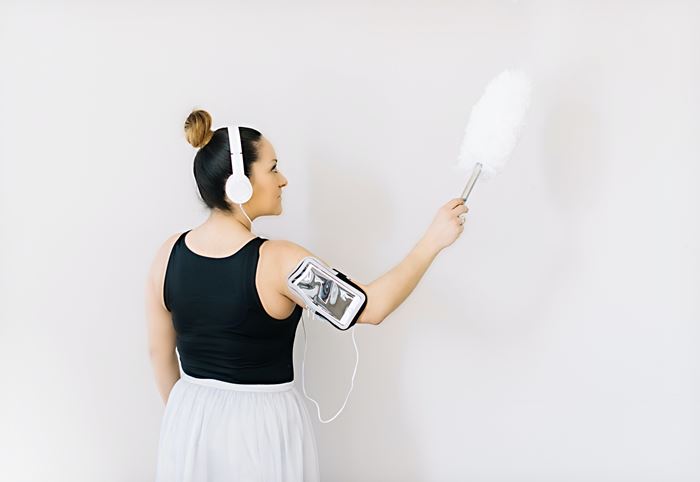Creating a Dust-Free Haven: How Often Should You Dust Your Home?
Maintaining a clean home not only promotes a healthier environment but also enhances the overall aesthetic appeal of your space. One crucial element of this cleanliness is regular dusting, a task many homeowners might neglect. So, how often should you dust? This depends on various factors including your home's location, the number of people and pets in your home, and even the different surfaces within your home.
The Frequency of Dusting: Factors to Consider
As a general guideline, dusting should ideally be done once a week. However, this timeline may vary depending on certain factors.
For homes located in a city or busy area, where pollution levels are high, dusting may need to occur more frequently. Similarly, homes with several occupants or pets should be dusted more often due to the higher production of dust, dander, and hair.
In terms of different surfaces, items like bookshelves, picture frames, and electronics can accumulate dust quickly and might require dusting every few days. On the other hand, less frequently used rooms or pieces of furniture may only need dusting every 1-2 weeks.
Dusting Different Surfaces
Different surfaces require different approaches when dusting:
Wood Surfaces: Wooden furniture can benefit from special dusting sprays that help protect the wood while also trapping dust.
Electronics: Electronic devices often attract dust due to static electricity. Use microfiber cloths or special electronic cleaning wipes to remove dust without causing damage.
Delicate Items: For delicate or intricate items, use a soft brush to gently remove dust.
Corners and Hard-to-Reach Areas: Extendable dusters or vacuum attachments can help to remove dust from these tricky areas.

A Step-by-Step Guide to Dusting Your Home
Gather your dusting tools, which may include microfiber cloths, a dusting spray, an extendable duster, and a vacuum with dusting attachments.
Start from the top. Begin dusting higher surfaces to ensure dust doesn't settle on already cleaned lower surfaces.
Wipe surfaces using your chosen dusting tool, moving it in one direction to prevent simply spreading the dust around.
Be gentle with delicate items to avoid damage.
Use vacuum attachments or an extendable duster for hard-to-reach areas and corners.
Once dusting is complete, vacuum the room to capture any dust that has fallen onto the floor.
Empty your vacuum cleaner outside to prevent reintroducing dust into your home.
Repeat this process in each room, cleaning the rooms used most frequently first.
Regularly wash or replace your dusting tools to ensure their effectiveness.
- Don't forget to have your carpets professionally cleaned, since that is the biggest air purifier in your home
For further reading and in-depth resources, you can check out the following online sources:
- EPA's guide on indoor air quality and dust
- National Allergy Bureau's recommendations for reducing household dust
While the frequency of dusting can vary based on individual circumstances, a regular dusting routine is essential in maintaining a clean and healthy home environment. Understanding the needs of different surfaces and using the appropriate dusting techniques will ensure that your home remains dust-free and fresh.


